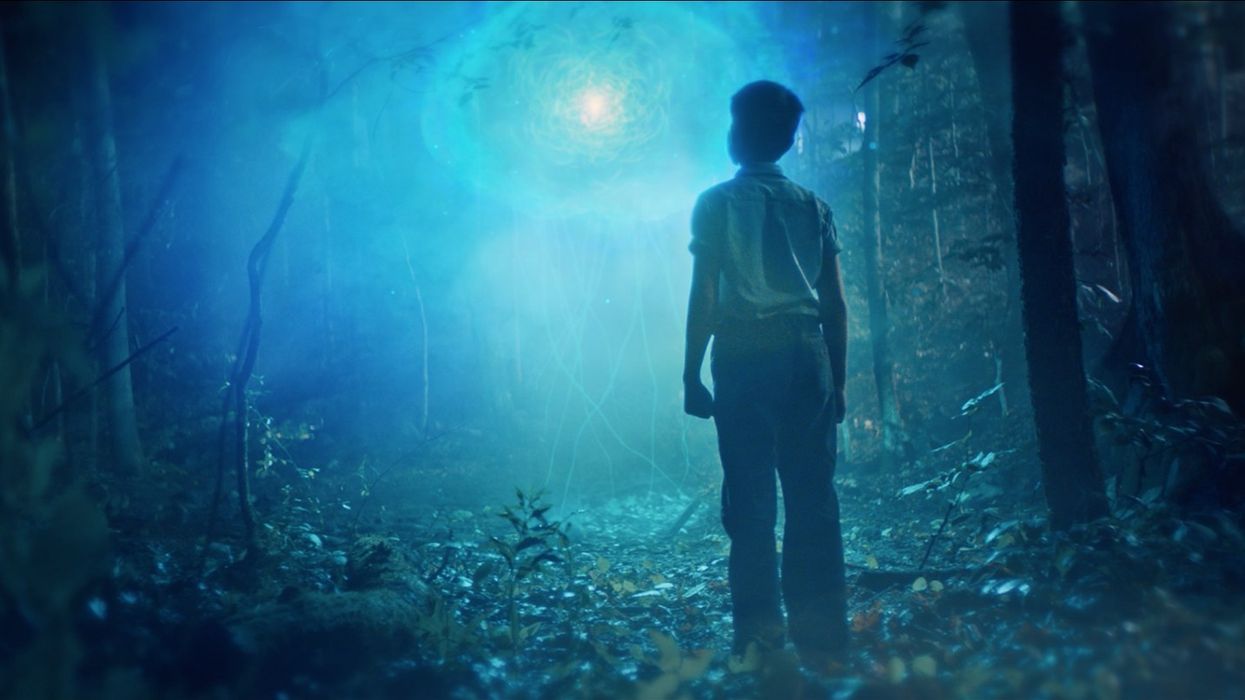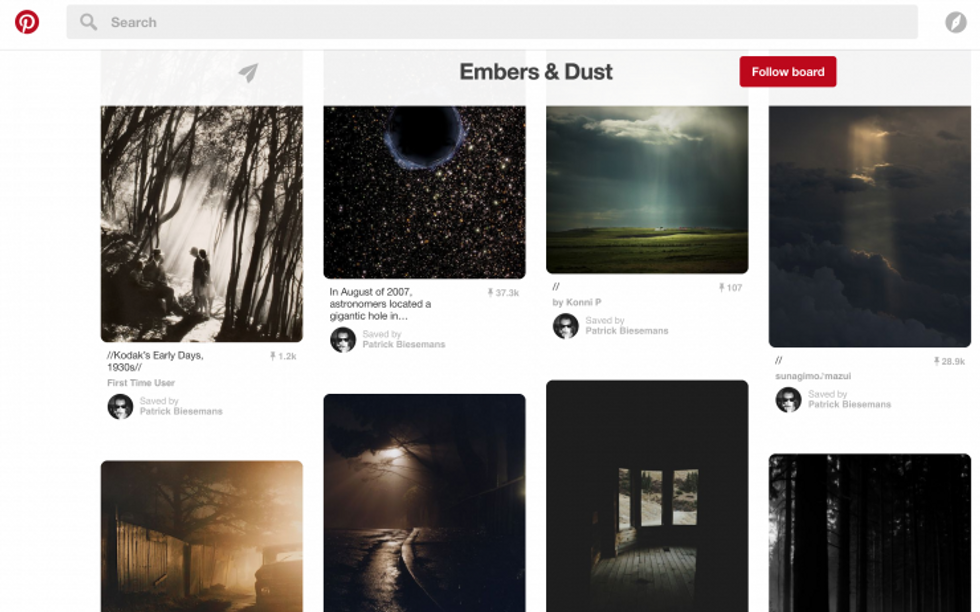4 Key Elements to Writing a Strong Film Treatment & Why it Matters
Your treatment can do a lot more than sell a project—it can be your production's guiding light.

There was a time when a treatment, by Hollywood standards, was simply a text document describing the highlights of your script and ranging from 6-60 pages; it usually included a logline, a synopsis, character introductions, and a truncated/condensed version of your story. This document, in many ways, was the best route to getting a film made. We’ve progressed a long way since then, and treatments are much more involved. A treatment can now be an incredibly detailed document that fleshes out every detail, and usually ends up becoming the groundwork for the entire project.
In the ad world, a treatment is used to woo the creatives, account people, and agency producers—convincing the entire gang that the potential director (or production company) is the right person for the job. A treatment is practically used the same way in the Hollywood studio system. “They” are trying to find people who have a unique vision, passion, and understanding of the material.
Sometimes just drafting a treatment for an idea you have can lead to it coming to fruition.
The thing about both ad and studio treatments is that, more often than not, it’s not the director drafting the treatment; a director will pull some of the assets together and write a few blurbs about his or her “unique vision and approach,” but ultimately it will be a single designer or a team putting the treatment together for final presentation. There’s a lot of fiscally nervous folks in both the ad and studio worlds, so everyone on all sides wants to make sure everything is tip-top and polished. This is completely understandable.
However, as an independent filmmaker, you should have your hands on the wheel the entire time and make building a treatment part of your creative process. Sometimes just drafting a treatment for an idea you have can lead to it coming to fruition. My recent short film started out as a treatment. Embers & Dust was a project I wanted to do for a long time. I didn’t know when or how but, eventually, I decided to just move forward and draft a treatment that captured everything I wanted to do and see in the film. The treatment actually stayed on the back burner for a while because I had no means to make it, but then I saw a post for Musicbed’s Annual Film Fund Initiative and, luckily for me, I had the treatment for Embers ready to go.
Here are the four areas to consider to make the most attractive possible treatment:

Developing a solid treatment can prove useful even into the fray of production. Your treatment can serve as a creative compass through the entire process, so it’s important to nail down the mood and atmosphere you’re looking to achieve. From the actors to the DP, everyone will be on the same page because they’ll be looking at the same book. It’s a lot easier working as a large team when everyone understands the mood and atmosphere that you’re attempting to set.
What is the mood of your film? What emotions are you trying to put on screen? And how does all of that shape your atmosphere?

Those questions take us right into the “image gathering” process of developing a great treatment.
I think we take for granted just how accessible amazing imagery is. From a simple Google search, to Pinterest, to curated websites like Empty Kingdom and Colossal, great imagery is endlessly available, and you should take full advantage of it.
What are key elements to your story? What are the colors you want to use in your film? Are there artists, photographers, or other filmmakers that inspire you? Start looking, and collect more images than you’re going to use—having more than needed is part of the craft.

Gathering images can quickly become an overwhelming rabbit hole of options, but Pinterest really helps you keep track of all the stuff you’re looking at as you go. Create a board for your current project, one for stuff that just inspires you, and maybe one for stuff you can use later. And Pinterest has a private option incase you don’t want folks knowing exactly what you’re working on. When I was developing Embers & Dust I kept the board private, but now it’s available for public viewing.
Finding the right imagery to both complement and convey your mood and atmosphere is detrimental to crafting your unique vision.

All these pretty pictures can't stand on their own; concise and direct descriptions of what you want to achieve as a filmmaker are extremely important.
Know what you’re talking about. Write confidently and passionately about the film you’re setting out to make. Speak to the camera moves and compositions you plan on capturing, explain the emotions you’re trying to invoke with these decisions, describe how these decisions help the story. Really go into detail about how you plan on achieving your unique vision.
Pick an element of your film to expand on. Is there something particular about the sound in your film or the colors you’re choosing to use? Is there a new type of filmmaking technique you’re looking to implement? Essentially, what’s the “X-factor” of your personal vision. How is this film special?
This isn’t only meant to convey your direction but also to inspire the people you’ll ultimately be working and collaborating with.
Treatments give you the opportunity to explore your creative vision before anyone knows about it.
4. Placement and design
The last thing you want to do after spending all that time finding the right images, and writing the best copy, is hastily throw everything together and call it done.
Create some sections throughout your treatment. Catalogue what you’ve found and start looking at what goes well together. Maybe there’s a particular lighting style you’re going for, so you'd place all your atmospheric light shots together on the same page. Maybe you have specific color palette, so you'd show a series of images that reflects this direction and see where the copy should go.
Be clean about it. Nobody likes looking at a messy PDF of random crap strewn about. Show them a clear, concise, and robust picture of your creative vision.

Craft your treatments as a creative first step
Treatments can be the first great step to developing your project, yes. But I would say they can be an even more impactful first step as a storyteller, writer, and filmmaker. Treatments give you the opportunity to explore your creative vision before anyone knows about it; you can refine and craft an idea just to see where it takes you. I often develop treatments on loose ideas just to see where they go.
So I leave you with this: be hands on with your treatments. Craft them just to craft them. You can always use the practice, and you never know when someone might ask to see what you’re working on.
Patrick Biesemans has directed three short films, one feature film, and loves snowglobes. Originally from northern California, Patrick currently lives in NYC with his wife and their two dogs, Elvis and Aretha.











